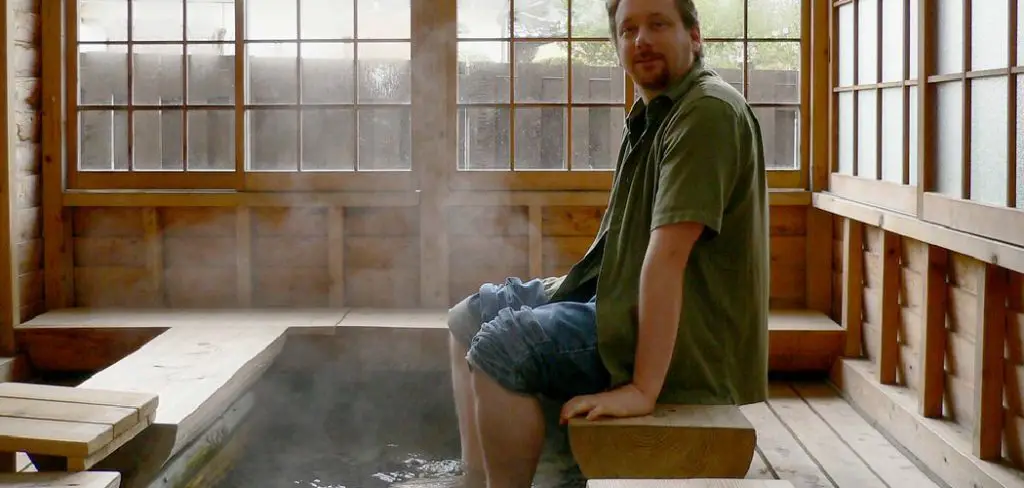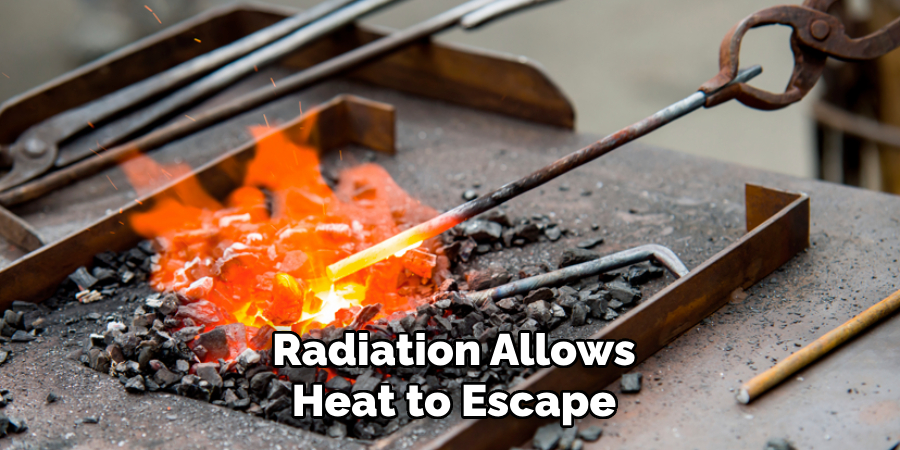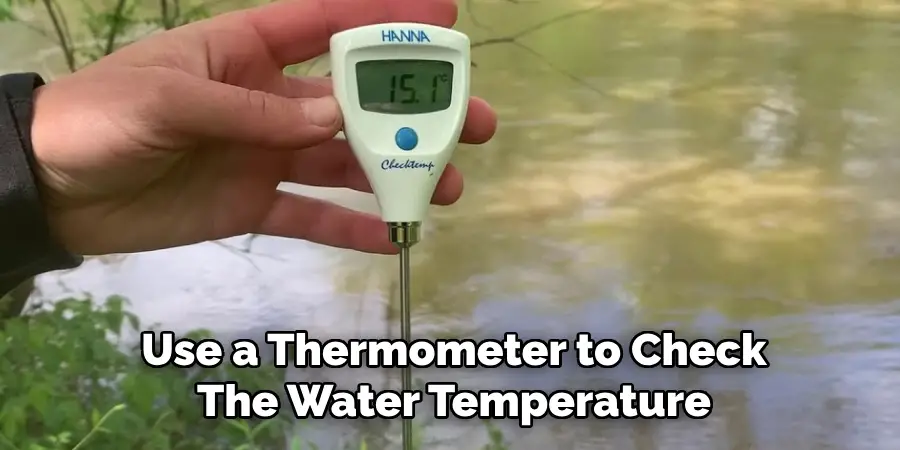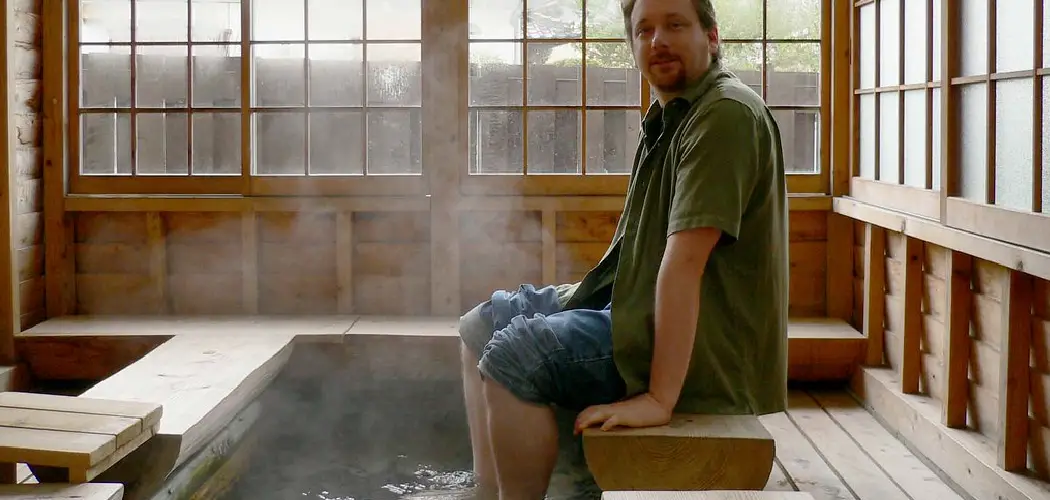Taking a hot bath can be one of the most relaxing and rejuvenating experiences, but it can be frustrating when the water begins to cool too quickly. Whether you are unwinding after a long day, indulging in a self-care routine, or simply enjoying a moment of tranquility, maintaining the perfect temperature can enhance your bath time experience.

In this guide, we will explore how to keep my bath water hot, ensuring you can fully enjoy the soothing benefits of warmth without interruptions.
Importance of Hot Bathwater
Hot bathwater is not just about comfort; it plays a vital role in promoting both physical and mental well-being. The warmth of the water aids in relaxing tense muscles, easing aches and pains, and improving circulation. This increased blood flow can help detoxify the body, flushing out toxins and promoting healthier skin.
Additionally, soaking in hot water can stimulate the release of endorphins, which are natural mood lifters, making it an effective way to reduce stress and anxiety. The soothing experience of a hot bath can create a serene environment, allowing for moments of reflection and mindfulness, further enhancing overall mental health.
Understanding Heat Loss in Bathwater
Understanding how heat loss occurs in bathwater is crucial for maintaining the desired temperature. Several factors contribute to this loss of heat, with the primary culprits being evaporation, conduction, convection, and radiation. Evaporation takes place when water molecules at the surface gain enough energy to escape into the air, a process that is accelerated by airflow and humidity levels.
Conduction occurs as heat moves from the water to the cooler surfaces it is in contact with, such as the tub or any surrounding materials. Convection, on the other hand, involves the movement of cooler water being circulated at the surface, which can result in a drop in temperature. Lastly, radiation allows heat to escape from the surface of the water into the cooler surrounding environment. By understanding these processes, you can implement specific strategies to minimize heat loss and prolong your enjoyment of a hot bath.

10 Methods How to Keep My Bath Water Hot
1. Use a High-Quality Bathtub Insulation
Insulating your bathtub is one of the most effective methods for keeping your bath water hot for extended periods. Bathtub insulation works by preventing heat from escaping through the sides and bottom of the tub. You can either purchase a pre-insulated bathtub or add insulation yourself.
Foam insulation boards or spray foam insulation can be applied to the exterior of the tub, particularly for bathtubs that are accessible from underneath or behind walls. A well-insulated tub will retain heat for much longer, making it a worthwhile investment, especially if you frequently enjoy long baths.
2. Preheat the Bathtub
Preheating the bathtub is a simple and effective way to keep bath water hot. Before filling the tub with water, let hot water run into it for a few minutes. This helps warm the tub’s surface, reducing the amount of heat that gets lost when you pour in your bath water. Cold bathtubs tend to absorb heat from the water quickly, making it cool down faster. By preheating the tub, you create a buffer that maintains the warmth of the water for a longer period, ensuring that your bath stays relaxing.
3. Add Hot Water Periodically
One of the simplest ways to maintain hot bath water is by adding fresh hot water periodically. This method works best if you monitor the water temperature and top up with hot water before it cools down too much. You can also use a thermometer to check the water temperature and add hot water whenever it drops below your preferred level of warmth.

To avoid wasting water, try to find a balance between the hot and cold water flow so that you maintain a steady temperature throughout your bath without needing to drain too much or overfill.
4. Use a Bathtub Cover or Shower Curtain
Covering your bath can significantly help in retaining heat. You can use a specially designed bathtub cover or a regular shower curtain to trap heat and prevent it from escaping into the air. Draping the shower curtain over the top of the bath creates a barrier that reduces heat loss, especially if you are taking an extended soak.
Similarly, specialized bathtub covers are made from heat-retaining materials that work to keep the water hot. This method is both cost-effective and easy to implement, providing noticeable improvements in water temperature retention.
5. Install a Hot Water Recirculation System
A hot water recirculation system can be a game-changer for maintaining bathwater temperature. This system works by continuously circulating hot water through the pipes, ensuring that your water heater is always ready to deliver hot water on demand. It prevents water from cooling down in the pipes before it reaches your tub, making it possible to add fresh hot water without long delays or significant temperature drops.
While installation costs may be higher, this system can improve your overall bathing experience and save water in the long run by reducing the wait time for hot water.
6. Use Bath Salts or Oils with Heat Retention Properties
Certain bath salts and oils not only enhance your bath experience but also help retain heat in the water. Bath salts, especially those containing magnesium or sea salt, help the water stay hot for longer by increasing the water’s density, which in turn reduces heat dissipation.

Similarly, certain bath oils form a thin layer on the surface of the water, acting as an insulating barrier that helps trap heat. In addition to their thermal benefits, these products can provide therapeutic benefits, leaving your skin feeling soft and rejuvenated after the bath.
7. Use a Heated Towel or Blanket
Using a heated towel or blanket is a fantastic way to maintain the warmth around the bath, which in turn helps keep your water hot for longer. Drape a heated towel or blanket over the edges of the bathtub to trap heat, or place one over your body while you soak to keep yourself warm even if the water begins to cool.
Many heated towels are electric and come with adjustable temperature settings, allowing you to choose the right amount of warmth. This method not only helps retain heat but also adds an extra layer of comfort to your bath experience.
8. Choose the Right Bathtub Material
The material of your bathtub plays a significant role in how well it retains heat. Some materials, such as cast iron, are excellent at holding heat for extended periods, while others, like acrylic, tend to cool down more quickly. If you are in the market for a new bathtub, consider investing in one made from a material known for its thermal properties.
Cast iron bathtubs, though heavy and more expensive, have excellent heat retention due to their density. Stone resin tubs are another great option, providing both heat retention and a luxurious aesthetic. If replacing your tub isn’t an option, consider using insulation techniques to improve the heat retention of your current bath.
9. Turn Off Ventilation Fans
Bathroom fans are great for reducing humidity, but they also suck warm air out of the room, which can cause your bath water to cool down more quickly. By turning off any ventilation or exhaust fans while you’re bathing, you prevent warm air from escaping and help maintain a cozy environment.
You can turn the fan back on after your bath to manage the moisture in the room, but keeping it off during the bath will help the water stay warmer. Additionally, keeping the bathroom door closed traps heat inside, which further enhances the warmth.

10. Use a Portable Water Heater or Immersion Heater
A portable water heater or immersion heater is an innovative way to maintain bath water temperature. These devices are designed to heat water directly in the tub, ensuring that your bath stays hot for as long as you want. Portable water heaters can be plugged in and placed directly in the water to maintain a consistent temperature.
Immersion heaters are often used in larger baths or hot tubs, but smaller versions are available for regular tubs as well. Make sure to follow the safety instructions and guidelines provided with these devices to avoid any risks or accidents while using them.
Conclusion
Maintaining the perfect bath temperature can significantly enhance your relaxation and overall bathing experience. By implementing a combination of the strategies outlined—such as regularly adding hot water, using insulating covers, and selecting the right bathtub materials—you can enjoy longer, warmer soaks without interruption.
Each method offers its own unique benefits, and by choosing the ones that best fit your needs and preferences, you can create a serene and luxurious bathing environment. Thanks for reading, and we hope this has given you some inspiration on how to keep my bath water hot!

